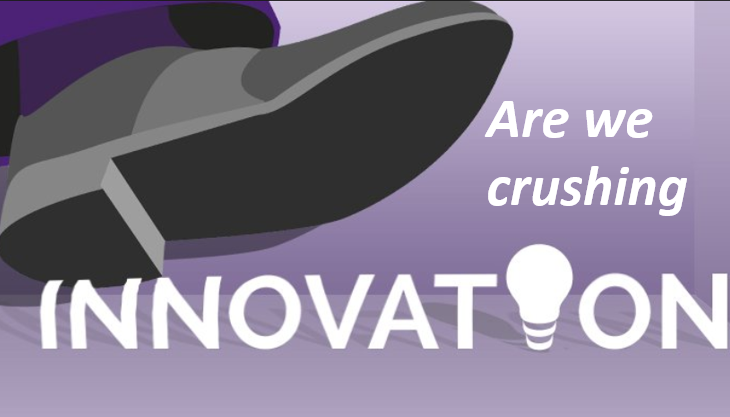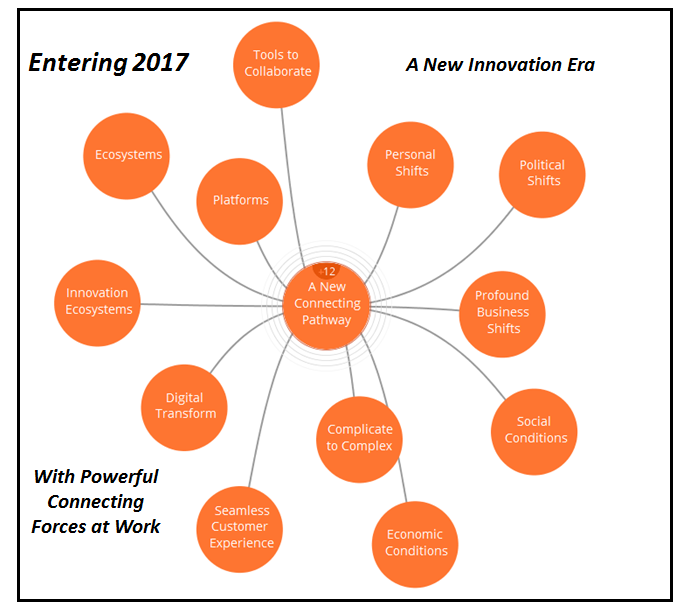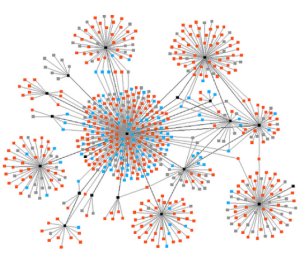 Well, this morning I came across an article in the UK’s Guardian newspaper, entitled “America has become so anti-innovation – it’s economic suicide“ written by Ben Tarnoff, a writer on technology and politics, living in San Fransisco.
Well, this morning I came across an article in the UK’s Guardian newspaper, entitled “America has become so anti-innovation – it’s economic suicide“ written by Ben Tarnoff, a writer on technology and politics, living in San Fransisco.
This article did disturb me, it triggered a number of validations in my own mind. Once you get past the opening rant about the infamous Juicero juicer, that has now been used as an illustration of how investors funded something that automates something that you can do faster by hand.
The article opens up the doors to questioning much that is going on under the Silicon Valley umbrella. The juicer got funding of $120m from a number of blue-chip VC’s but it was not this that actually disturbs me, it was this “ant-innovation” tag the writer was attaching to (North) America.
The article goes deeper in questioning where we are in our innovation thinking. We do have a real innovation growth dilemma that we can’t lay at the door of Silicon Valley alone, it is part of the Western world’s current sickness. It has lost that ability to take a positive risk in so much, ‘kicking the can down the road’ for others to resolve, be these societal, educational, health, infrastructural or institutional reforming and so much more. All really important innovation opportunities. Continue reading “Are We Crushing Real Innovation?”







